Dungeons & Dragons 5E strongly rewards those with intricate arcane knowledge. The Wizard probably has the best spells in the game, with 65 percent of spells in 5E being made for them, so there’s a lot to sort through. With how Wizards cast, getting a collection of the strongest spells in the game isn’t just important—it’s your entire class.
Looking through over 300 spells can be difficult, and the Wizard is capable of learning many of them over their career. This list will go over some shining stars in DnD 5E that every Wizard should keep their eye on.
Wizards learn six spells when they get their first level and add two spells to their spell book whenever they level up. They can also learn spells from scrolls or from other spellbooks as they travel, and can prepare spells from that pool. This means Wizards have good flexibility—not as much flexibility as Cleric or Druid, but much more than classes like Sorcerers.
The best spells for Wizard in DnD 5E, by spell slot
Wizards are exceptional casters with a huge number of spells to learn. Most spells are designed to be effective no matter what level you are. We aren’t going to recommend many low-level damaging spells, since those are less effective at level 20. It’s important that you grab damaging options at each level so you are useful in combat, but the spells in this list are all must-haves to keep around.
Best Wizard cantrips
Mage Hand
The ability to interact from a distance is fantastic. Mage Hand does just that: It produces a summon that can interact with things and carry small objects.
This summon can disarm traps by safely activating them, move items to others without risking throws and without touching the ground, or let you solve specific interaction puzzles. It’s extremely important for standard dungeons.
Mind Sliver
While relatively low damage, this cantrip can be devastating. Mind Sliver deals a small amount of psychic damage and debuffs the next saving throw by d4.
Comboing this with other spellcasters or just setting it up for yourself can make a strategy that relies on magic much more reliable. Losing an average of 2.5 on a saving throw is devastating, even to someone’s best save.
Prestidigitation
Prestidigitation is a spell that provides a handful of small magical effects, typically no more powerful than summoning a trinket.
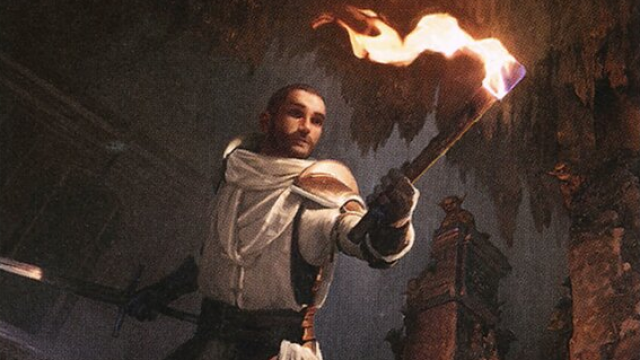
Despite its non-flashy appearance, Prestidigitation is a legendary cantrip that is highly versatile. You can solve a surprising number of problems by making a loud noise or creating something small. It’s really worth having.
Best first-level Wizard spells
Alarm
DMs can be mean sometimes, but being ready for an encounter is critical in the mid and late-game. Alarm is a ritual spell that simply wakes you up if someone trips it.
Being ambushed while sleeping is devastating to almost any class—except maybe Monks. So, getting even a few seconds to awaken is important. Wizards are really the only class with the spell list and availability to realistically learn it.
Find Familiar
Get yourself a little pet.
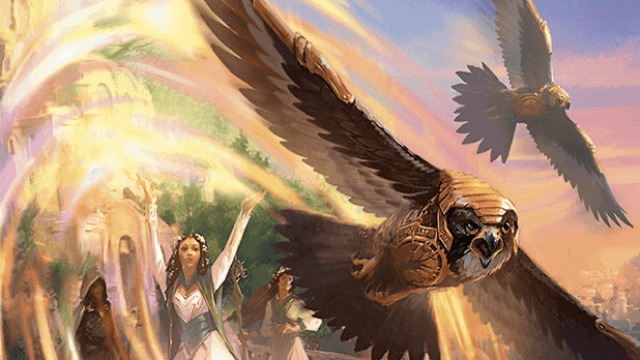
Find Familiar summons a small animal that follows your orders, can cast your touch spells, and even shares senses with you. This spell conjures a fully disposable scout that can offer quite a lot of utility.
You can even put it on the back of an ally who you want to share touch spells through. Place it on a Barbarian and you suddenly have a conduit for magic like Vampiric Touch, where otherwise melee would be problematic.
Silvery Barbs
Silvery Barbs is probably the best level one combat spell for Wizards. That’s because it forces an enemy to reroll a successful attack roll, saving throw, or ability check and then give an ally advantage on the same rolls.
Even early on, this can turn critical hits on allies into misses while improving the chance that your Paladin lands their Smite next turn. It’s extremely efficient and even has limited out-of-combat potential.
Best second-level Wizard spells
Knock
Knock is a simple spell that instantly opens a magical or nonmagical lock. This is a great way to guarantee access to something that you’d otherwise need a Rogue land a huge ability check on.
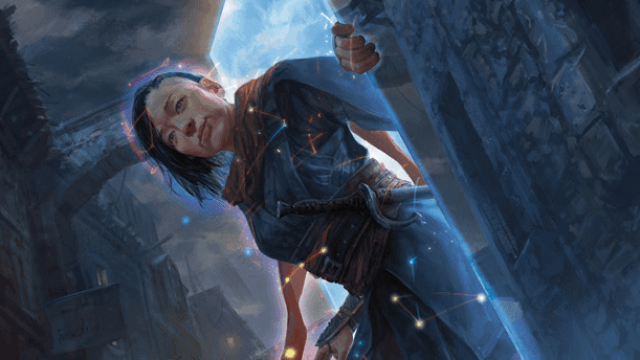
This doesn’t quite replace the need for Thieves’ Tools, but it does guarantee that important locks are popped. This might not seem like a great use for second-level spells, but some of those locks have such high DCs that you kind of need this.
Maximilian’s Earthen Grasp
As a big fan of Hold Person, this spell became an exceptional alternative for the midgame where humanoids become less common. Maximilian’s Earthen Grasp produces hands that deal damage and restrain targets. The hands can move around and grab multiple targets during its duration, though it can only hold one target at a time.
This spell targets Strength, making it more effective on many different more targets when compared to the slightly more common Wisdom. Restrain is no paralyze, but it is an effective option for anti-rogues.
Misty Step
Of all level two spells, none are historically as strong as Misty Step. This spell allows you to, as a bonus action, teleport 60 feet. It’s a simple effect, but the ability to move as a bonus is huge. You can move to a safe location and then fire a cantrip, or interact with something nearby.
While it’s not necessarily the strongest damage turn, your safety is crucial. Misty Step gives you safety while also making it possible to contribute to combat.
Best third-level Wizard spells
Fireball
Fireball is archetypal for a reason. Fireball deals 8d6 fire damage in a 20 foot radius. This is an enormous amount of damage for this level, and a huge upgrade from Shatter’s 3d8.
When choosing a damage spell, compare it to Fireball. For instance, Cone of Cold does one more average damage than a level five Fireball, and in a much weirder area of effect. Is that worth selecting? Probably not, unless you have cold-synergistic items of some kind. Compare spells to this and you’ll have a good idea of what you should prepare in a day.
Fly
Fly gives your allies 60 feet of flight, an important speed type. Flight is incredibly strong. It lets you ignore most melee combatants, catch up with other creatures with flight, and lets you outrange many types of spell. It’s also important for countering spells like Reverse Gravity, which can doom non-magical allies.
It’s also an excellent problem solving spell, letting you ignore large chasms and tall buildings alike.
Major Image
Illusions are often a difficult thing to put permanently in a build. Even Bards can’t often use them. However, Major Image creates an 20-foot illusion, including sounds, smells, and temperatures.
It’s around this point when illusions start becoming a bit easier to use out of combat. 20 feet is about large enough to make a realistic Red Dragon. And, with a good enough Bard with Deception, that dragon could be quite scary. Otherwise, people would need to Investigate against your spell DC, which isn’t particularly easy.
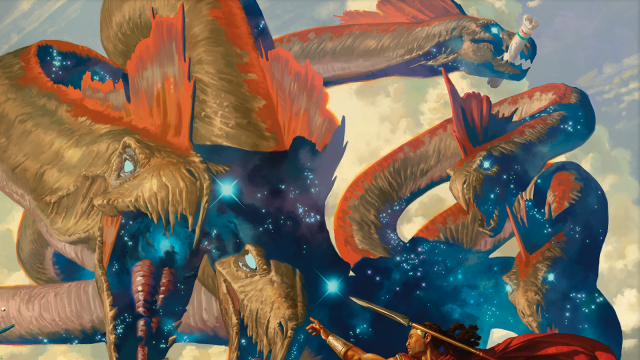
With creative DMs and a creative mind, this can be a huge problem solving tool and, theoretically, even helpful in fights. That “bridge” might be all you need to take out a big threat.
Best fourth-level Wizard spells
Arcane Eye
Move over familiar. Arcane Eye produces an invisible scout which hovers in an area and moves 30 feet per turn. Unlike a familiar, this eye doesn’t have stats, making it exceptionally annoying to deal with.
On the whole, unless you run face-first into Dispel Magic, you’re largely safe. Even if they can see the eye, what are they going to do about it? Shake their fist?
Put this one in your spellbook. Information is king, especially for someone who prepares spells.
Summon Aberration
Summon Aberration is an impressive option from the Tasha’s Cauldron of Everything summon guide. You can make one of three different kinds of summons: A tank, an area of effect damage dealer, or a ranged attacker.
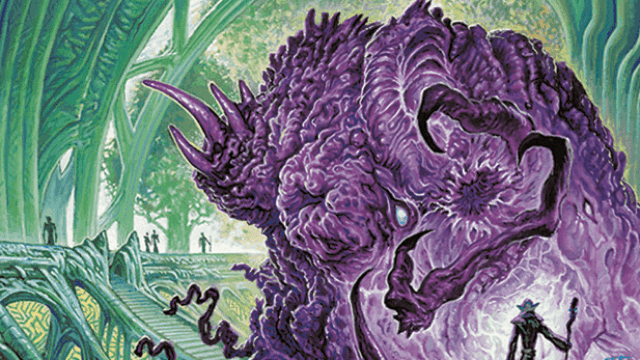
They aren’t the most durable summons in the world, but they more than make up for it with pure damage and presence. 1d10+7 on the Slaad is far from bad, and it gets to swing twice in a turn. All of them are fairly annoying, though the Beholderkin’s only advantage is exceptional range.
This is a great way to spend your fourth-level spell during single-target encounters.
Wall of Fire
Wall of Fire is a traditionally powerful area-of-effect spell that deals 5d8 fire damage in a wide rectangle, and the damaging area persists for a while afterwards. The wall is fairly difficult to get through, as it deals a substantial 22.5 average damage. Plus, it’s not like you can target anything through a wall of flame, turning off many high-powered spells.
This is an excellent spell to carve battles in half. It offers huge damage, great vision control, and lasts a while.
Best fifth-level Wizard spells
Creation
Few spells can match the problem-solving potential of Creation. Creation allows you to build an item, out of various materials, within a cube. Space is the only caveat. You could theoretically create a key, or ladder, or weapons of a specific material that are deadly to your next enemy.
This spell also has excellent scaling, increasing significantly in size at level six and beyond. As long as you have a handful of level five options for combat, this is one of the strongest out-of-combat spells in D&D history.
Hold Monster
For in-combat applications, few spells are as effective as Hold Monster. This spell forces a Wisdom Save or a creature is paralyzed. Paralyzed is very close to Sleep in terms of spells that take an enemy out of a fight. You stop them from doing much outside of mental-only effects while also making attacking them much easier. Guaranteed crits included.
If you want to focus down a single lunkhead, no spell can keep up. Give your Fighter something to do with their turns. They like punching bags.
Best sixth-level Wizard spells
Contingency
An interesting Wizard-only spell, Contingency allows you to automatically cast a spell whenever something happens. This can be anything from “when I see an enemy, cast Haste on myself” to “when an enemy casts a spell that targets me, cast Banishment.” This is one of the safest spells available, providing high amounts of action economy while guaranteeing your safety.
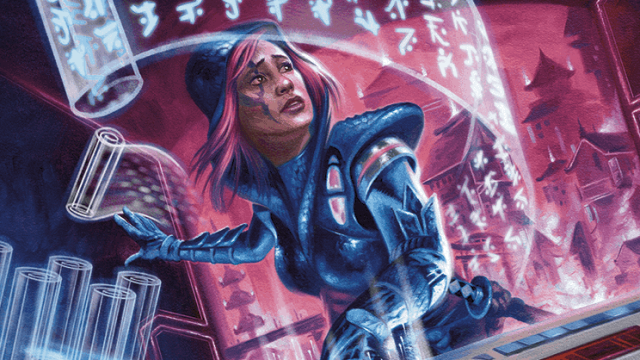
It’s an excellent way to make sure you are safe. If you cast this spell at the beginning of the day, suddenly you are much more prepared for dangerous situations.
Mental Prison
Mental Prison is a save-or-suffer spell that prevents a single target from targeting outside of a very short range, makes them Restrained, and deals high damage to them if they are moved. This spell targets Intelligence, making it even more dangerous as exceptionally few creatures have solid Intelligence saves.
And a failed save is very costly. It’s difficult for enemies to impact the battle when they think they’re trapped in a box. Plus, the moment they move too much, they take 55 average damage, which certainly isn’t bad for your level.
Best seventh-level Wizard spells
Plane Shift
Plane Shift can either send you and your party or an enemy to another plane of choice. Extraplanar travel isn’t the rarest element of a late-game 5E campaign, so having easy access to metal rods to attune to isn’t a bad idea.
Honestly, this is as close to a “save or die” effect that you can really get in DnD 5E. This spell randomly teleports your target to a part of a plane, which means they have a few bus trips to take if they want to get back to you. Or they have to Plane Shift. But a good one-for-one isn’t bad for the potential to get someone out of your hair, likely for weeks at a minimum.
Simulacrum
Wizards get the coolest spells.
Simulacrum creates a duplicate of someone. It keeps their class abilities, and can’t regenerate spell slots, but otherwise behaves as usual for a summon.
This is the strongest summoning spell in the game. It’s very expensive, but that expense comes at creating a second copy of your Rogue or Paladin, or someone else in your party who does immense damage. It’s recommended to avoid copying a spellcaster, as the copy will only be useful until it runs out of magic. But, even then, how about making a copy of yourself that can cast most magic in the game? It’s not exactly a difficult choice when this spell doubles your number of actions until the construct is dispelled.
Best eighth-level Wizard spells
Illusory Dragon
They kept all the strongest illusions for the highest level, it seems.
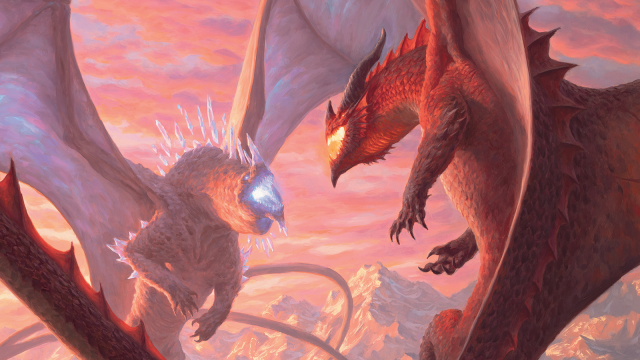
Illusory Dragon creates an illusion that frightens all targets nearby. It then gives you a bonus action every turn to deal 7d6 damage of any dragon type. And, if a creature discovers that it is fake, they get advantage on the saving throw against breath attacks and not a thing more.
This spell is great. Frightened remains a solid condition, and it lasts for a full minute unless the target can get fully out of the dragon’s sight. Then, 7d6 damage as a bonus action (or 24.5 damage on average) in a Cone of Cold-sized area of effect isn’t very bad at all. Wizards have a fairly low number of bonus actions in 5E, so this is a good way to control many people while also damaging them.
This is a very effective spell that rewards preparation, as long as your targets are weak to common Dragon breaths.
Maze
We’re a big fan of no-save spells that disrupt, which is why we think Power Word Stun is a worthy grab. Maze goes beyond Power Word Stun in terms of usefulness.
Maze banishes a target—with no saving throw—and puts them in a maze. To escape, the target must roll a 20 with their Intelligence modifier. Not an Intelligence saving throw—just their modifier.
For context, a standard level 20 Wizard probably has a plus-six to Intelligence. That super powerful archmage has a 30 percent chance to escape this spell. Admittedly, they can do so every turn, but that’s cold comfort. If we assume an average amount of Intelligence is around plus-two, most creatures should expect to escape in 10 rounds—or about a minute. That should be enough time to take everything else out and then catch them with a big welcoming party.
Best ninth-level Wizard spells
Wish
Wish is the strongest spell in DnD 5E. It can replicate any spell level eight or lower with no restrictions, including reducing their casting time to one action and negating material components. Alternatively, the spell can be used to perform anything your heart desires, as long as your DM is cooperative.
This spell is incredibly strong. The only weakness of the Wizard spell list is that it doesn’t include the bangers from the Cleric spell list, like Mass Heal. Wish solves that problem and lets you cast most of those spells. Being able to spontaneously replicate anything in the game is far too good to use your single ninth-level spell on anything else.
Honorable Mentions
- Fire Bolt is a potent enough cantrip if all you want is damage.
- Chill Touch works if you want to debuff foes as they waddle towards your frontline.
- Mending stitches things up, which saves a lot of time—and a lot of lockpicks.
- Message is a good means of communication, especially at the cantrip level.
- Magic Missile is a decent option for damage at the level one slot and, because of guaranteed accuracy, does the highest consistent damage of level-one single target options.
- Sleep is guaranteed to knock out low-health targets. It’s fantastic early on, but trickier to use later.
- Augury gives you information, coming straight from the DM—with a roll.
- Jim’s Glowing Coin is a significantly better Enthrall. Use it if your DM lets you scoop spells from Acquisitions Incorporated.
- Web is stellar area-of-effect control. Restrained is a horrifying debuff, and you can apply it to as many targets as can fit in a 20 foot cube.
- Counterspell/Dispel Magic are critical answers to spellcasters and magic-based puzzles alike.
- Leomund’s Tiny Hut is great to prepare right before you rest.
- Haste, depending on your party composition, can be a gigantic damage boost. Paladins especially will love this.
- Tiny Servant is a good familiar buff for scouting purposes.
- Banishment takes someone out of the fight, with few options to get them back until they make a hard save or you drop concentration.
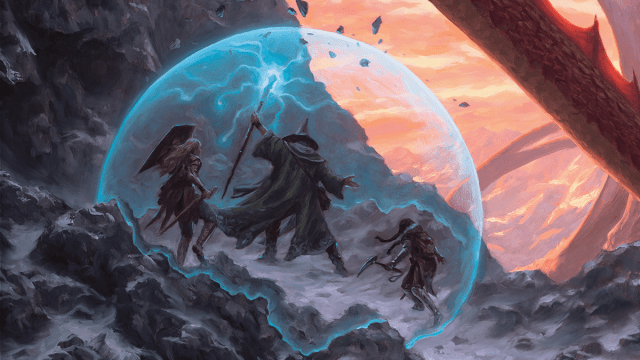
- Polymorph turns enemies into small animals, or can potentially save allies by giving them a CR eight beast’s worth of health.
- Stone Shape is a very simple way to snap dungeon design in half.
- Rary’s Telepathic Bond is great for communicating with allies across long distances and is a ritual, making it easy to cast and move on.
- Telekinesis provides in and out-of-combat utility, since levitating a monster puts many of them out of commission.
- Disintegrate is great single-target damage at a relatively low level.
- Globe of Invulnerability makes you and nearby targets immune to magic, something that comes very much in handy in the mid and lategame.
- Clone is another you. It’s very useful, though it takes 120 days to mature.
- Draconic Transformation gives you a huge pile of buffs and a big breath weapon.
- True Polymorph, while far from Wish, can provide a variety of either buffs, permanent transformations, or semi-permanent debuffs.


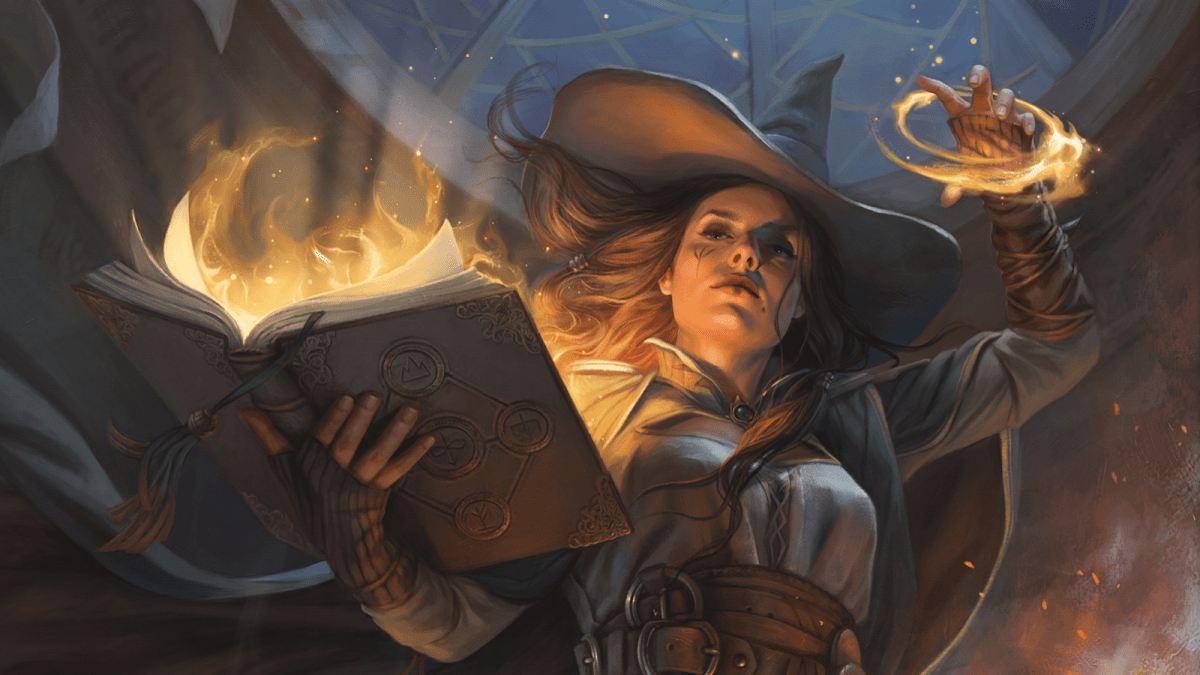

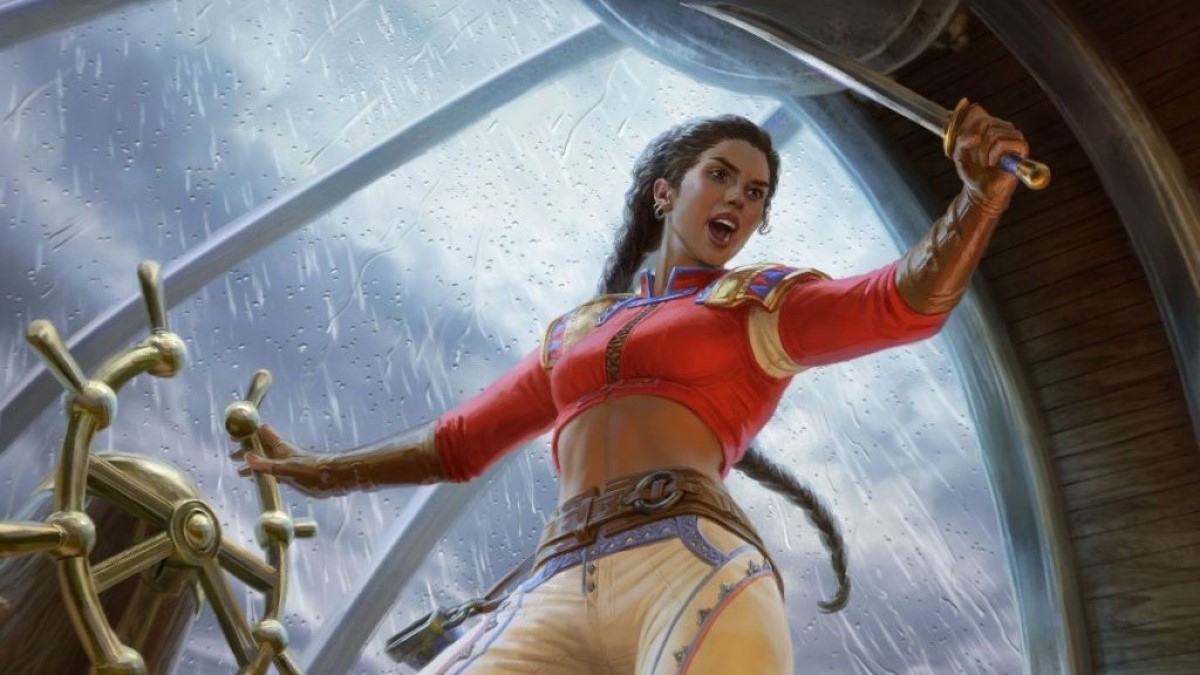
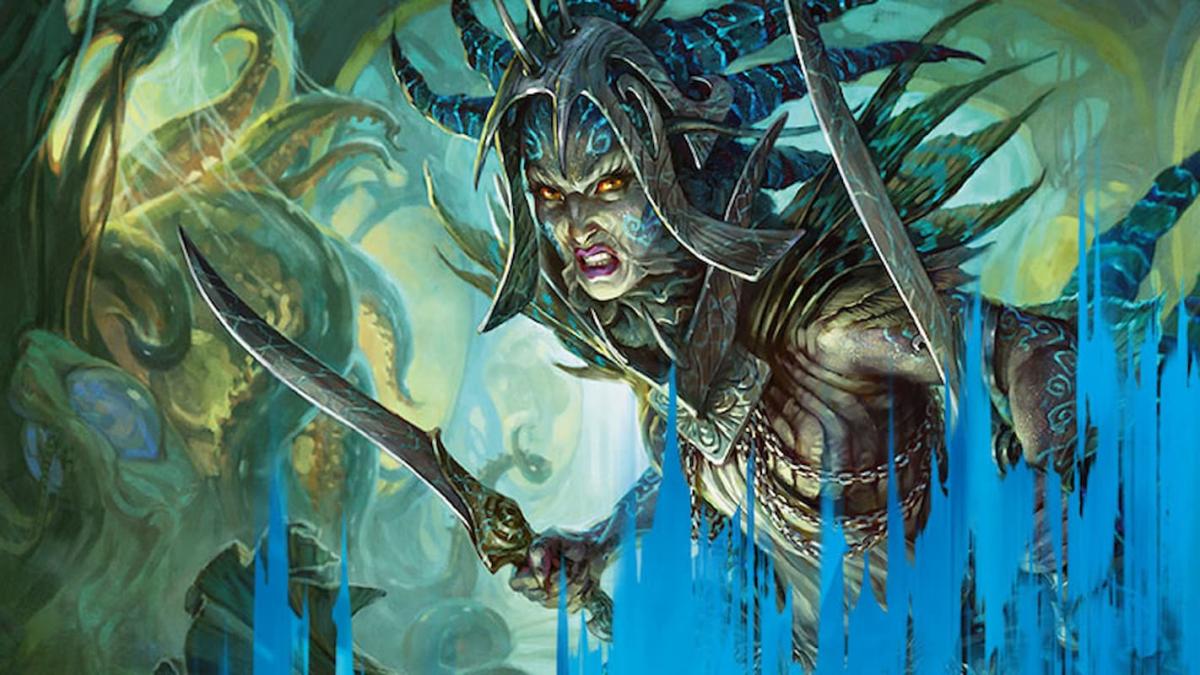
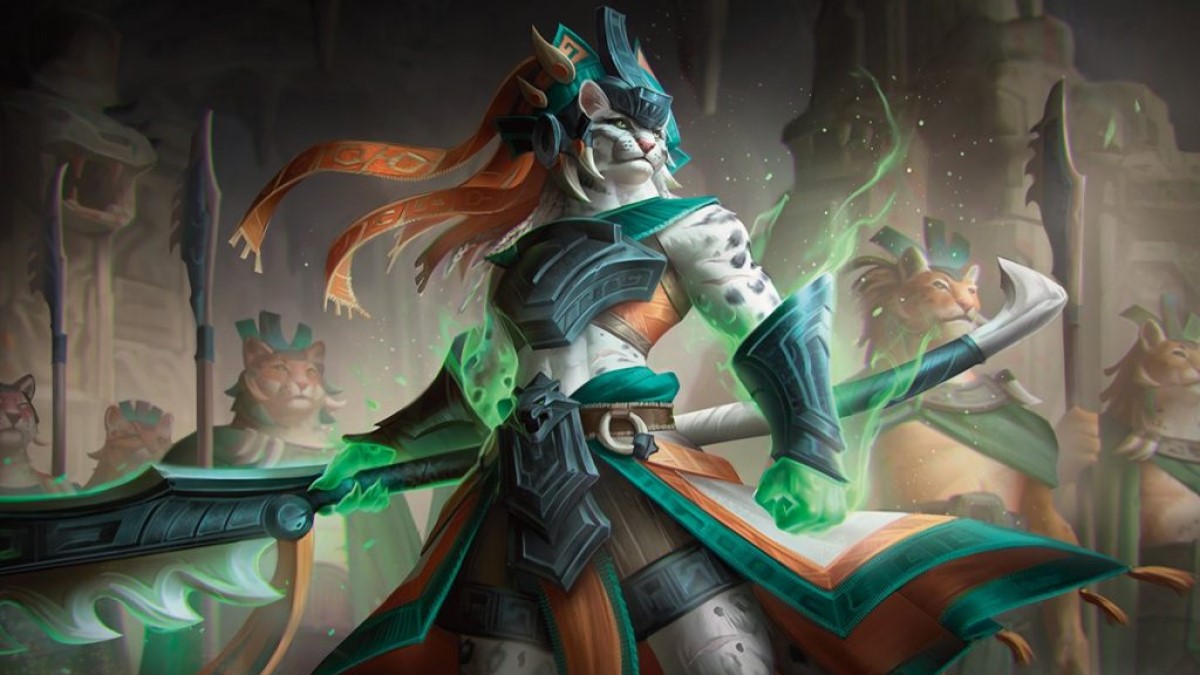
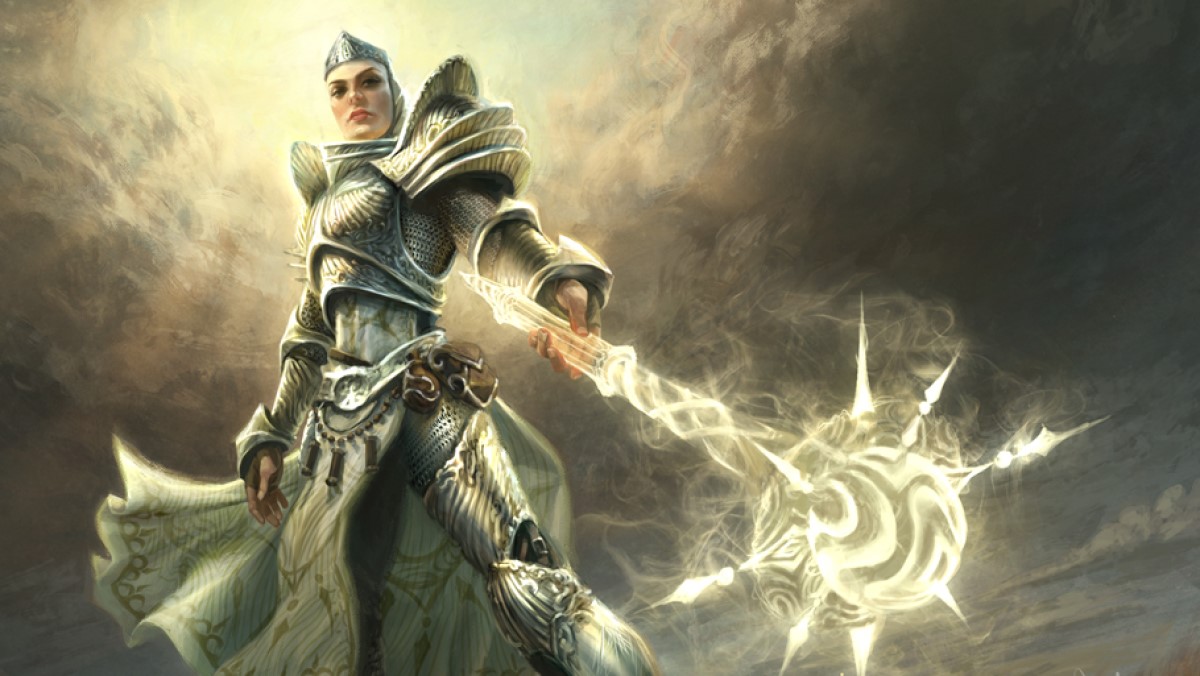

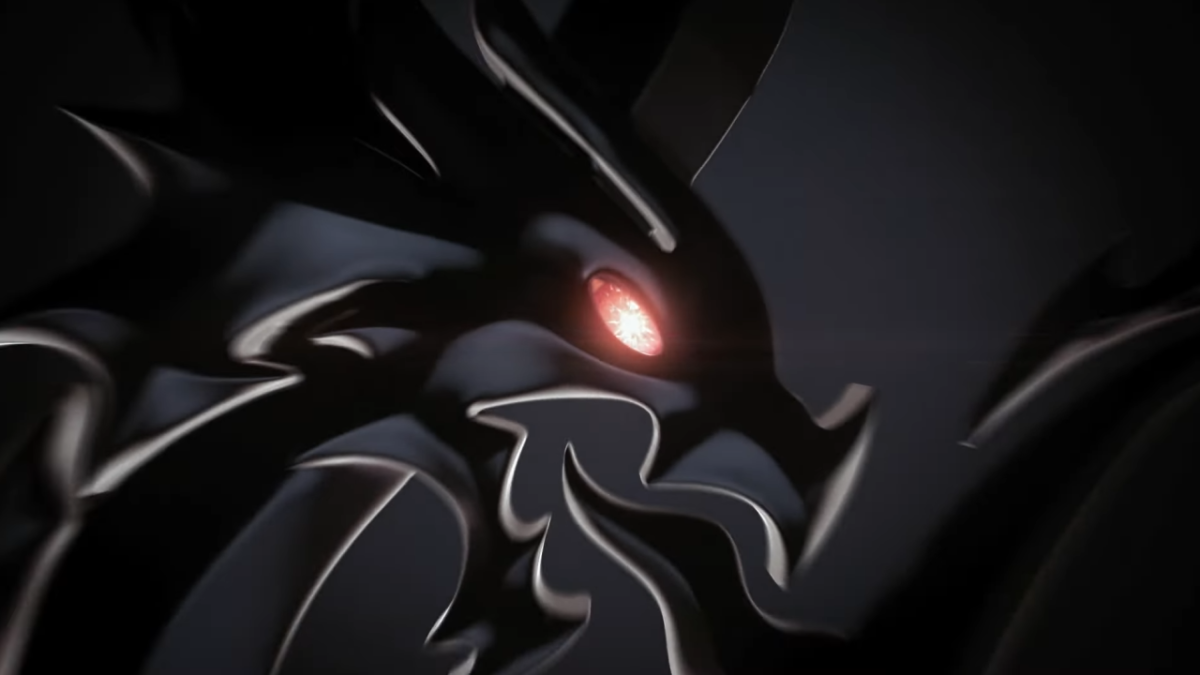

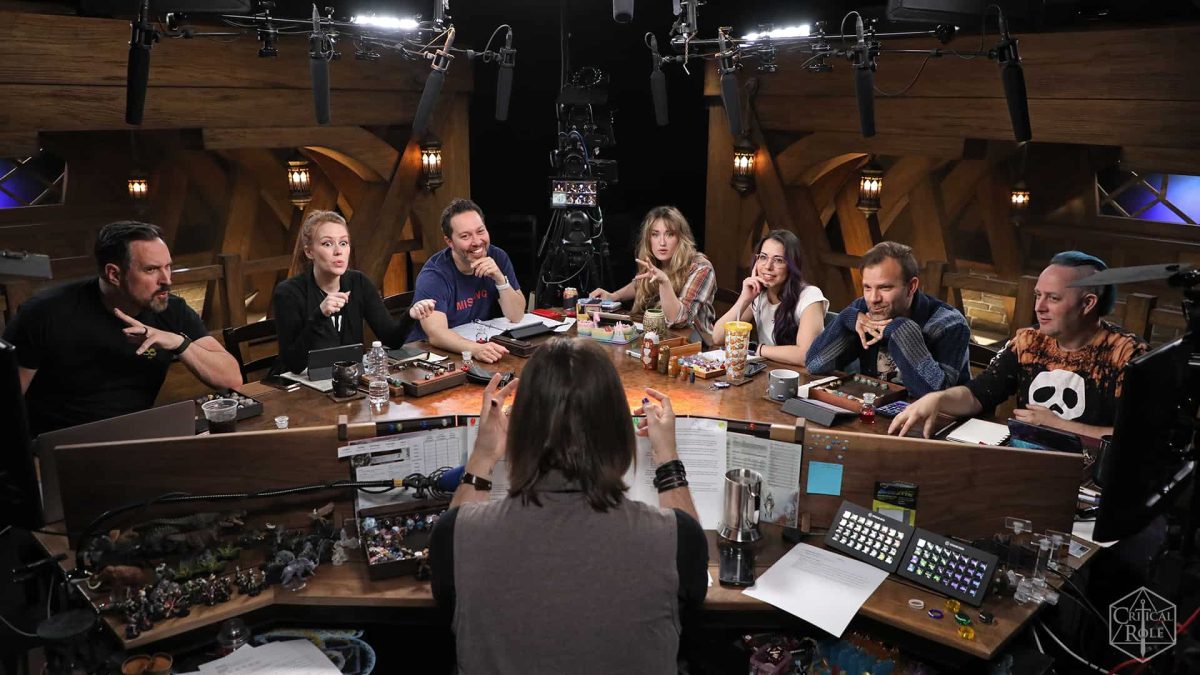
Published: Sep 30, 2023 07:57 am